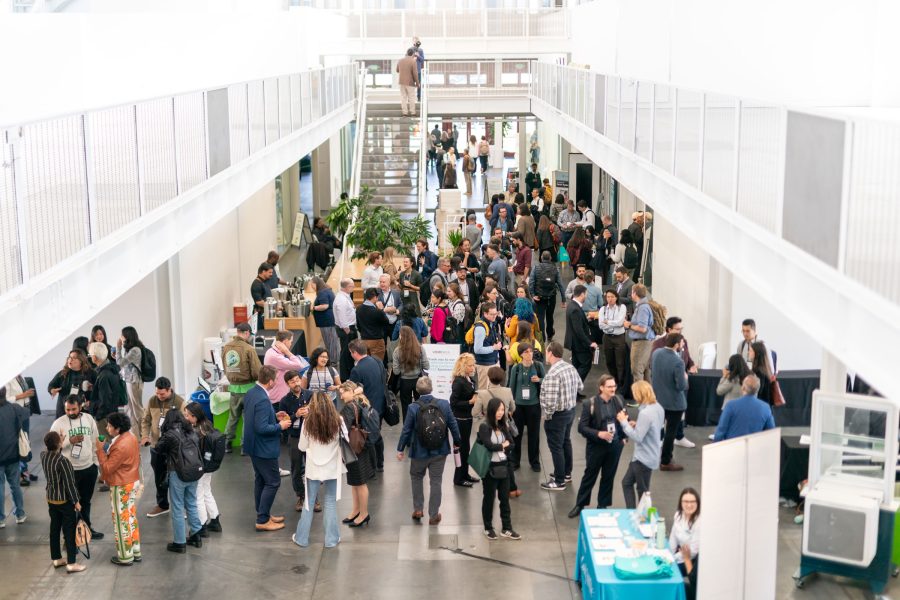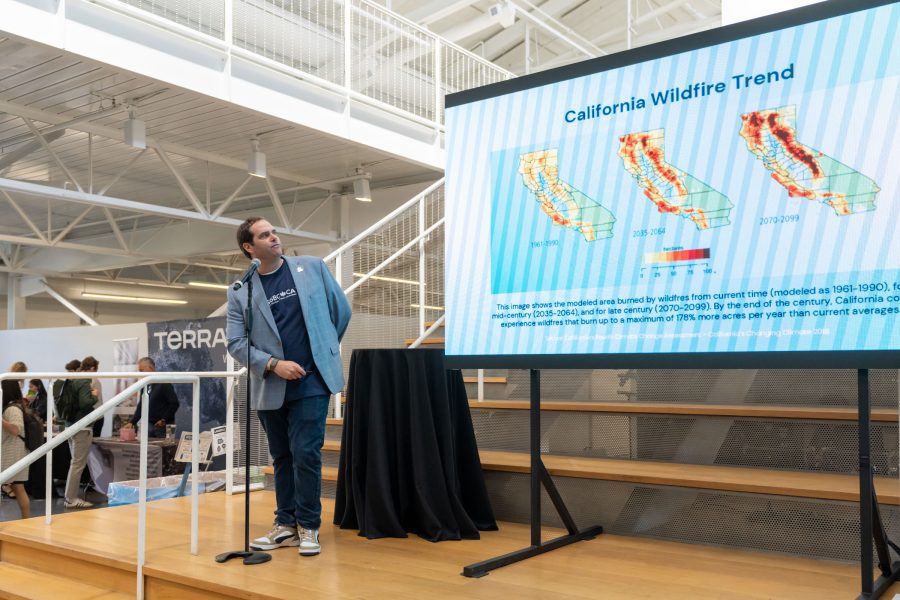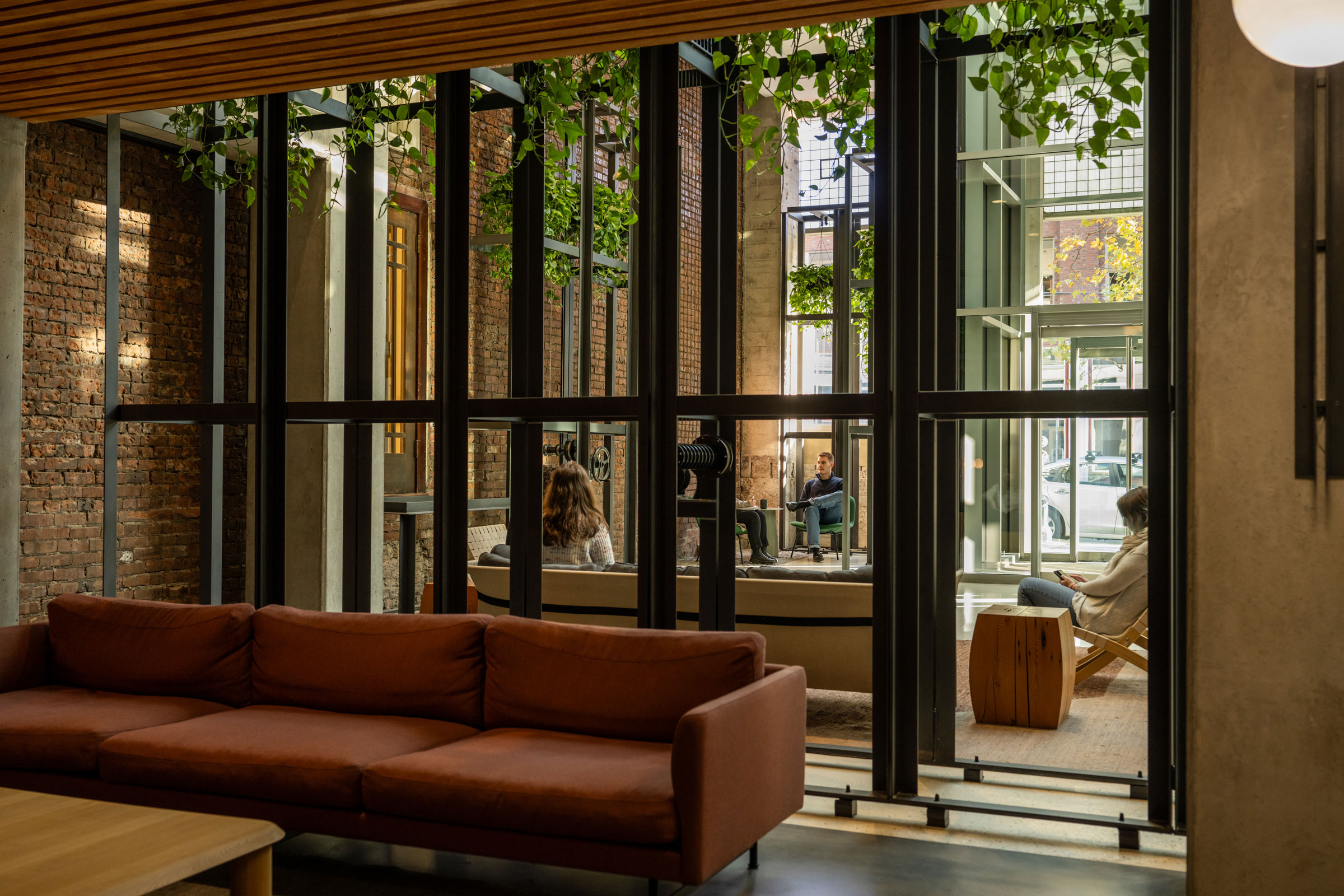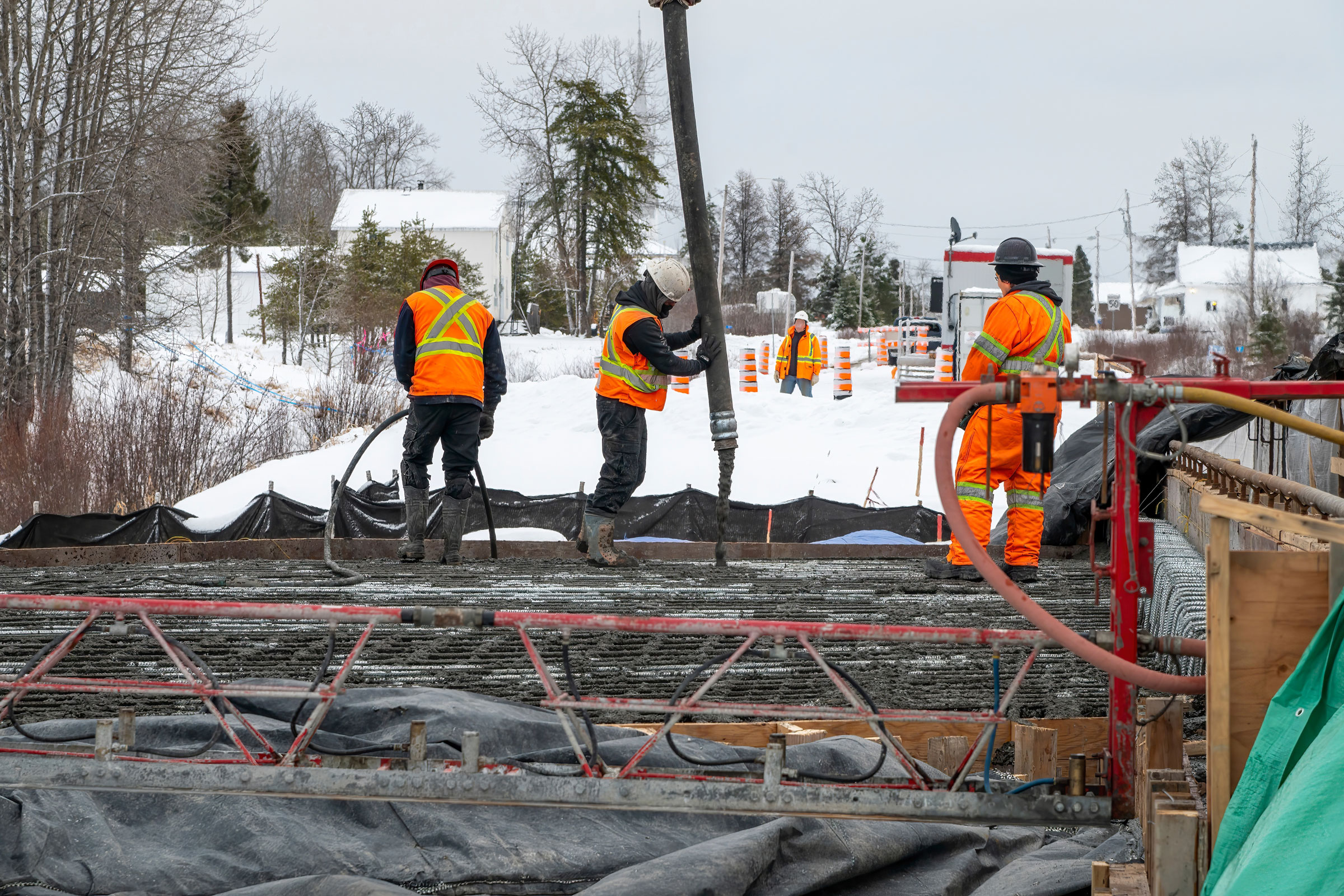Story at a glance:
- The May 2025 conference focused on making meaningful change at home and looked at how we define sustainability is evolving.
- Experts promoted sustainable construction through aggregated purchasing, local sourcing, and streamlined procurement to help Californians rebuild smarter, greener, and more affordably.
- New materials, including bio-based and low-carbon solutions, were also demonstrated at the conference.
The USGBC California 24th Annual Green Building Conference came to San Francisco on May 22, 2025, drawing specifiers, green building specialists, and manufacturers from across the West Coast and as far away as the Netherlands to the Fort Mason Center on the city’s waterfront. As California’s longest-running conference dedicated to sustainable construction and design, the event served as a forum for big-picture thinking and practical solutions in the face of ongoing uncertainty, particularly around shifting federal policy.
While many voiced frustrations, there was a clear sense of resolve. Conversations focused on the power of local and state-level leadership to drive meaningful change, with an emphasis on measurable, impact-driven strategies. Circular design, decarbonization, and material transparency emerged as central themes, reinforcing that innovation in green building is not only alive but accelerating. Here are a few of our takeaways.
1. A Call for Healthier Building Products

Photo by Ling Luo, courtesy of USGBC-CA
One of the most compelling panels featured Aaron Vaden-Youmans (Grimshaw), Kathleen Hetrick (Buro Happold), Priya Premchandran (Habitable), and Teresa Jan (Multistudio) on designing toxins out of the built environment. With 70% of building products containing hazardous chemicals, the group emphasized safer material choices, policy advocacy, and community-driven design to protect building occupants and fence-line communities—shifting the built environment from a source of harm to a driver of health and equity.
2. Is ESG Dead?

Photo by Ling Luo, courtesy of USGBC-CA
The failure of the environmental, social, and governance (ESG) agenda in its current form to drive real-world impact was a recurring theme, especially given its flashpoint in the broader culture wars. While ESG has helped surface sustainability issues, it too often masks inadequate action. A number of prominent delegates called for a shift toward “competitive sustainability,” where impact (not optics) defines leadership, and where climate action is driven by strategy, not sentiment.
3. The Marketplace for California Rebuilding Efforts

Photo by Ling Luo, courtesy of USGBC-CA
USGBC California and BuildingEase announced the Rebuild Marketplace, a new platform connecting wildfire-impacted communities with vetted, fire-resilient, and low-carbon building materials. Supporting the new California Wildfire Rebuilding Guide, the initiative promotes sustainable construction through aggregated purchasing, local sourcing, and streamlined procurement, helping Californians rebuild smarter, greener, and more affordably. The Marketplace has launched.
4. Architectural Bioregionalism
It was encouraging to see bioregional architecture and bio-based construction gaining traction, with new efforts underway to advance materials like hemp-lime, cob, and light straw-clay in state building codes. Verdant Structural Engineers showcased structural panels made from plant-based materials that store carbon while meeting code requirements. As momentum builds for regenerative, locally sourced materials, the industry is rethinking construction from the ground up.
5. Carbon Sequestering Bricks and Pavers
A Colorado-based team has launched CarbonCore, a masonry technology that they claim enables bricks, pavers, and roof tiles to mineralize CO2 from the air, turning pore spaces into solid limestone. This boosts durability and freeze-thaw resistance while making the products net zero, or even net negative, according to Brian Gorman of the Colorado School of Mines, who oversaw the development in partnership with the Summit Brick Company.




